Specify emission reduction targets
On November 12, the Ministry of Agriculture and Environment issued an Action Plan to implement the Project on emission reduction in the crop production sector for the period 2025 - 2035, with a vision to 2050, to specify the goals, tasks and solutions approved in Decision No. 4024/QD-BNNMT dated September 29, 2025.
Accordingly, the Action Plan was developed with the goal of ensuring synchronous, timely and effective implementation of the Project's tasks, towards developing low-emission agriculture , associated with green growth and climate change adaptation.
The plan requires the concretization of the orientations and solutions of the Emission Reduction Production Project into priority activities across the industry, clearly defining the deadline, progress and responsibilities of each agency and unit. At the same time, ensuring unified coordination between units under the Ministry, local authorities, international partners and relevant organizations.
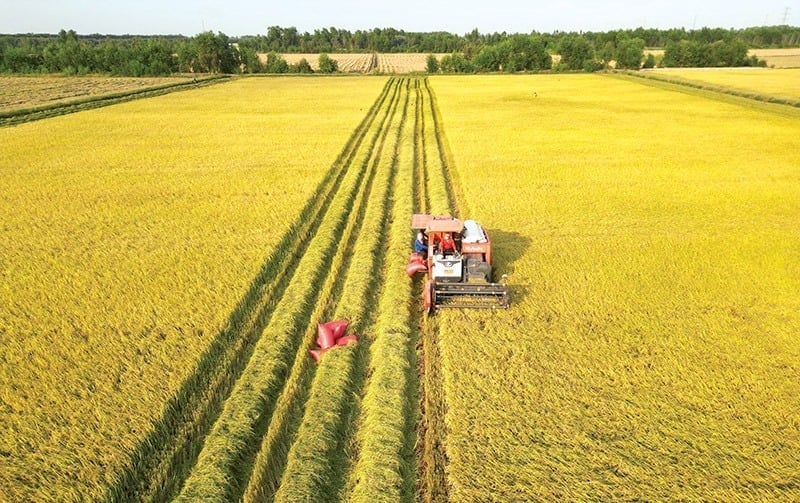
The action plan was developed with the aim of ensuring synchronous, timely and effective implementation of the Project's tasks, towards developing low-emission agriculture. Photo: Investment Newspaper.
The Ministry of Agriculture and Environment emphasized that the implementation must be integrated with existing programs and projects to maximize resources and reduce overlap. On that basis, central and local units will develop their own action plans, suitable to the conditions and characteristics of each ecological region, to achieve the common goals of the Project.
According to the Action Plan, the Department of Crop Production and Plant Protection is the focal agency responsible for organizing implementation, reviewing policies, developing priority programs and projects, and periodically evaluating implementation results every five years.
The Department of International Cooperation takes the lead in promoting cooperation, attracting financial resources, technology and foreign investment; the Department of Planning and Finance arranges funding to carry out tasks; the Department of Science , Technology and Environment integrates emission reduction content into scientific research programs and technology appraisal; the Department of Climate Change monitors greenhouse gas emission reduction results, builds a measurement - reporting - appraisal (MRV) process in accordance with international standards, ensuring transparency and consistency throughout the industry.
In addition, the Agriculture and Environment Newspaper is assigned to preside over organizing communication programs, training on general awareness of emission-reducing farming, developing crop value chains in a circular, sustainable, and emission-reducing direction; promoting communication through newspapers, social networks, television programs, fairs and exhibitions to raise public awareness of the benefits and trends of emission-reducing crop production. At the same time, increasing the dissemination of knowledge to the community about the carbon market; communicating green consumption, prioritizing the selection of low-emission agricultural products, aiming to change sustainable consumption behavior.
The National Agricultural Extension Center organizes training, technical guidance and replication of emission reduction farming models; the Vietnam Academy of Agricultural Sciences researches and evaluates the current emission status of crops, develops technical packages and MRV processes to create a scientific basis for the formation of carbon credits in the field of cultivation.
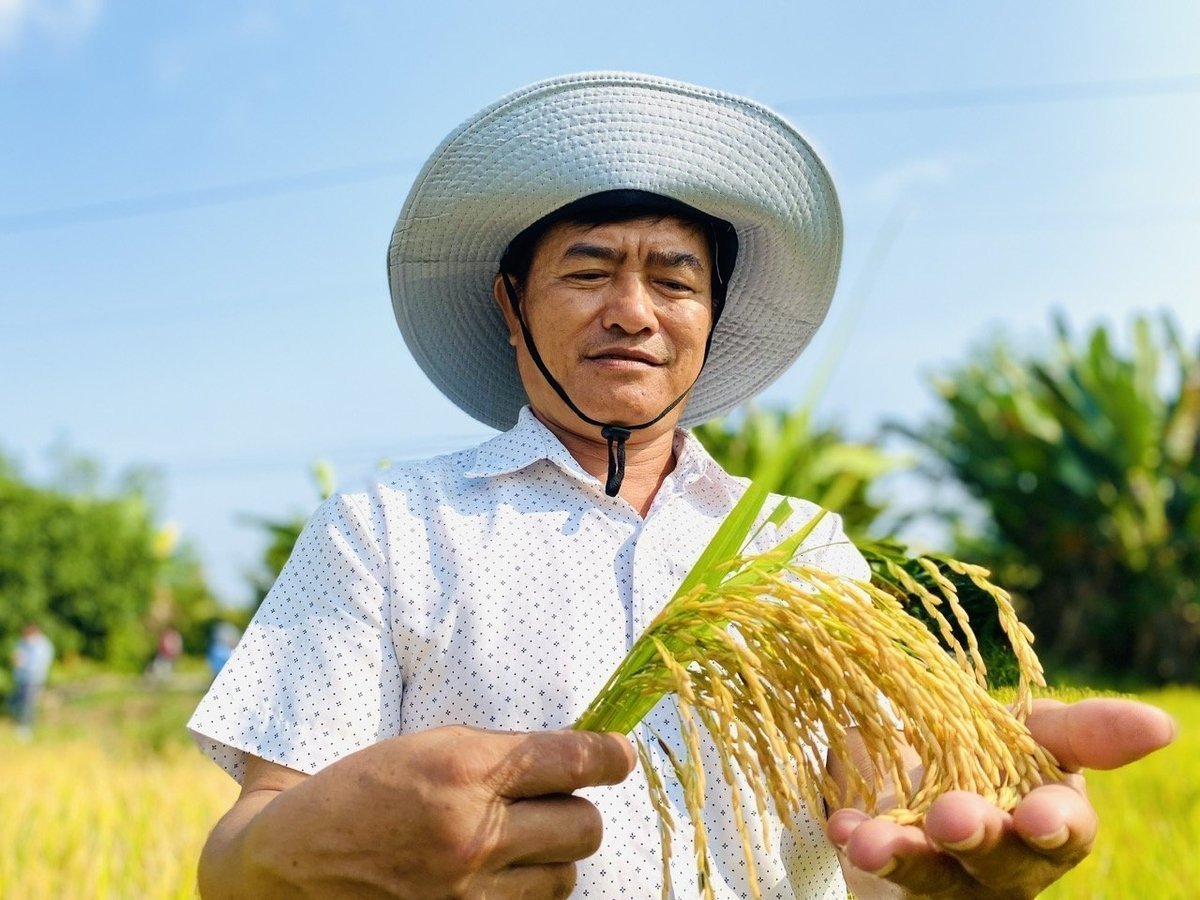
The Ministry of Agriculture and Environment emphasized that implementation must be integrated with existing programs and projects to maximize resources and reduce overlap. Photo: Le Hoang Vu.
Other units such as the Department of Irrigation Works Management and Construction and the Department of Economic Cooperation and Rural Development are also assigned to upgrade irrigation infrastructure, develop concentrated raw material areas, organize large-scale field production and promote value chain linkages to serve the goal of emission reduction.
Mobilizing diverse local and foreign resources
Regarding financial resources, the Ministry of Agriculture and Environment will mobilize from many channels including the State budget, ODA capital, technical assistance programs, public-private partnerships (PPP), socialization and international support sources. Units assigned to the task will proactively propose, arrange and allocate funding in accordance with their functions and tasks.
Localities need to proactively allocate budgets, integrate capital sources from programs and projects with the same goals; and mobilize legal resources outside the budget to implement emission reduction models. The Ministry also encourages close cooperation with enterprises and cooperatives to mobilize socialized resources, develop carbon credits and reduce input costs in production.
International support will be fully utilized, especially from organizations such as the World Bank (WB), Asian Development Bank (ADB), International Monetary Fund (IMF) and other governmental and non-governmental organizations.
The plan stipulates that the People's Committees of provinces and cities are responsible for directing the implementation of the Project in their localities. The Department of Agriculture and Environment is the focal point for coordinating, organizing implementation, issuing capital mobilization mechanisms and allocating resources suitable to the conditions of each locality.
Authorities at all levels have the responsibility to propagate and raise awareness among officials, farmers, cooperatives and businesses about the benefits of low-emission production; check, monitor progress and implement the annual reporting regime to the Ministry of Agriculture and Environment before December 15.
The implementation of the Project on Emission Reduction in the Crop Production Sector is considered a concrete step towards realizing Vietnam’s commitment to reduce net emissions to “0” (Net Zero) by 2050. With the coordination of domestic agencies and support from the international community, this Action Plan will contribute to the formation of low-carbon agricultural production, increase value, meet global green market standards and create opportunities for Vietnam to participate in the carbon credit market in the future.
Source: https://nongnghiepmoitruong.vn/nganh-nong-nghiep-trien-khai-ke-hoach-giam-phat-thai-trong-trong-trot-den-nam-2050-d783922.html


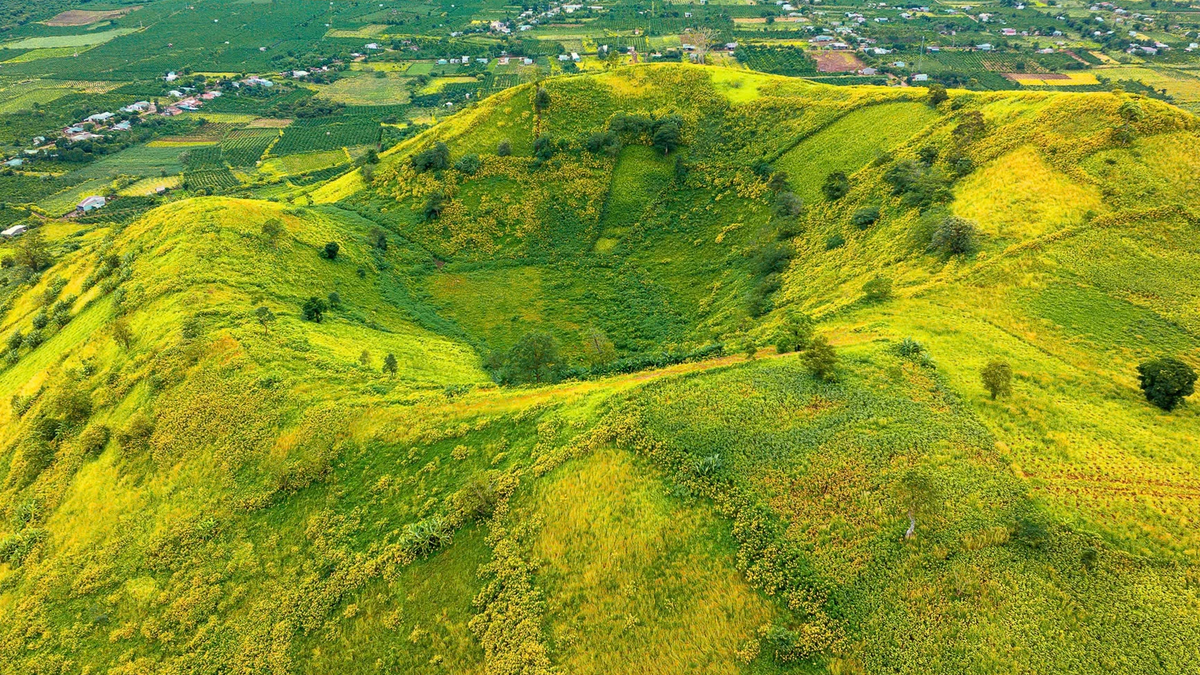
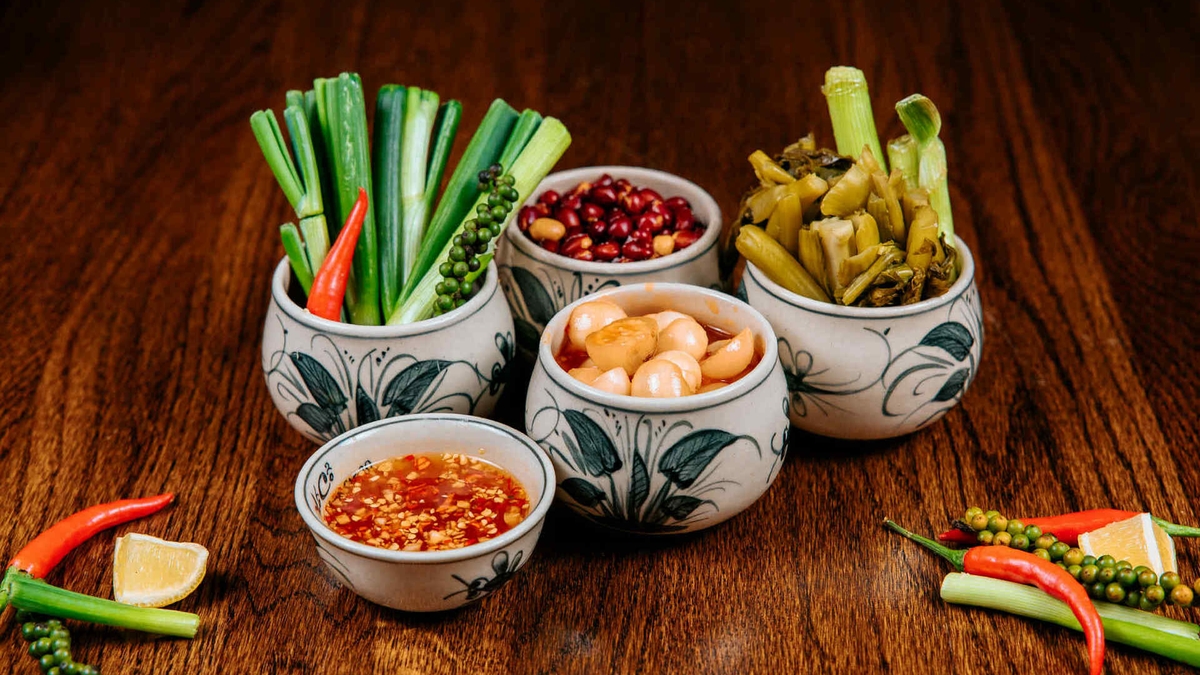

![[Photo] The "scars" of Da Nang's mountains and forests after storms and floods](https://vphoto.vietnam.vn/thumb/1200x675/vietnam/resource/IMAGE/2025/11/13/1762996564834_sl8-jpg.webp)








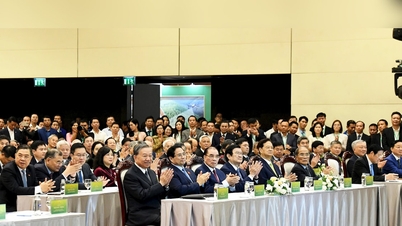


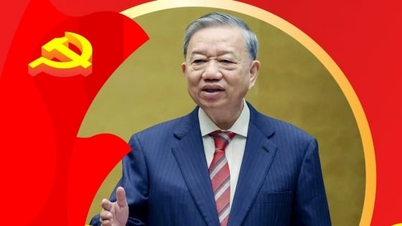
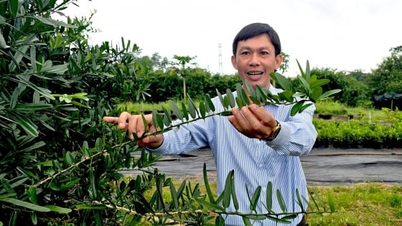
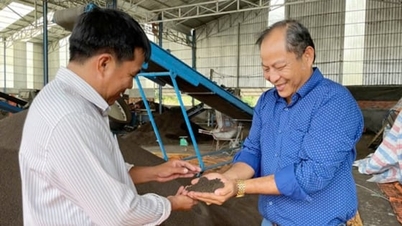


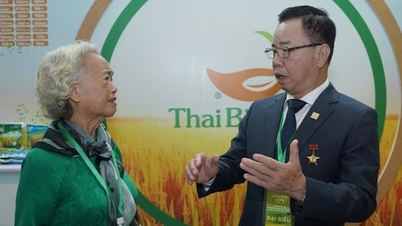
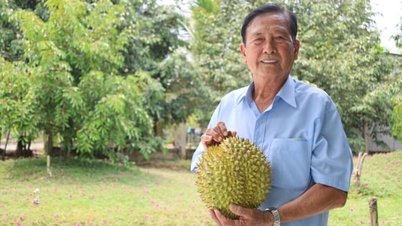




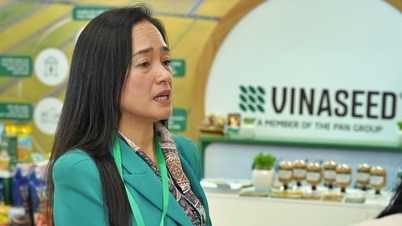
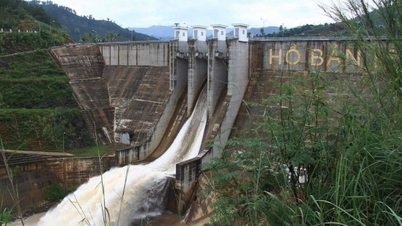




![[Photo] Prime Minister Pham Minh Chinh attends a conference to review one year of deploying forces to participate in protecting security and order at the grassroots level.](https://vphoto.vietnam.vn/thumb/1200x675/vietnam/resource/IMAGE/2025/11/12/1762957553775_dsc-2379-jpg.webp)











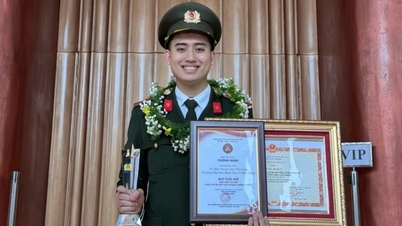



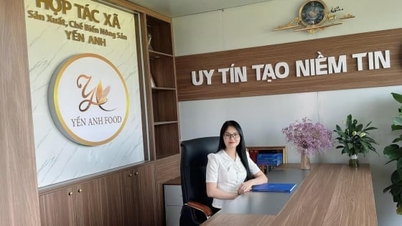







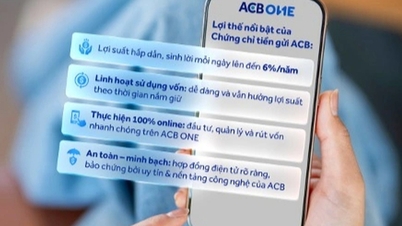




















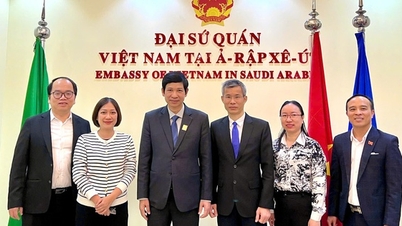
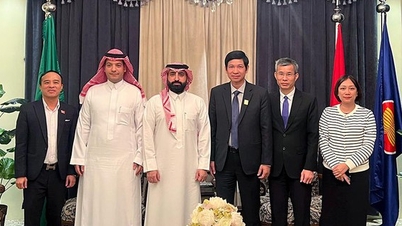



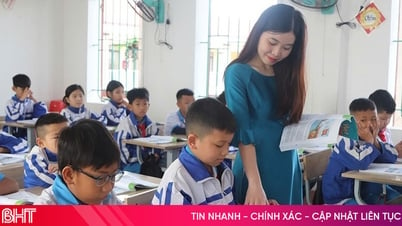















![Dong Nai OCOP transition: [Article 3] Linking tourism with OCOP product consumption](https://vphoto.vietnam.vn/thumb/402x226/vietnam/resource/IMAGE/2025/11/10/1762739199309_1324-2740-7_n-162543_981.jpeg)







Comment (0)